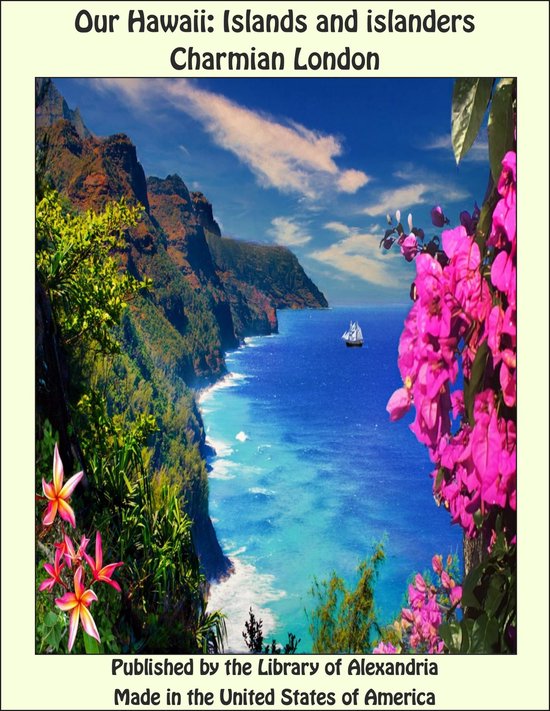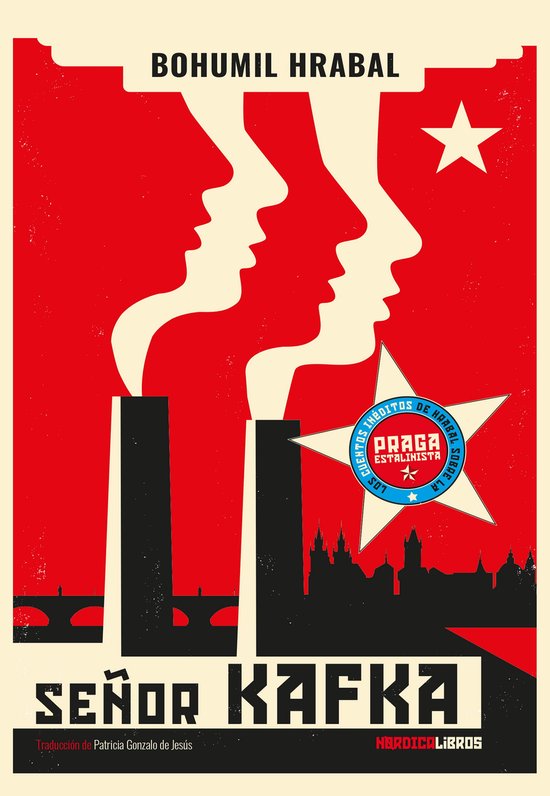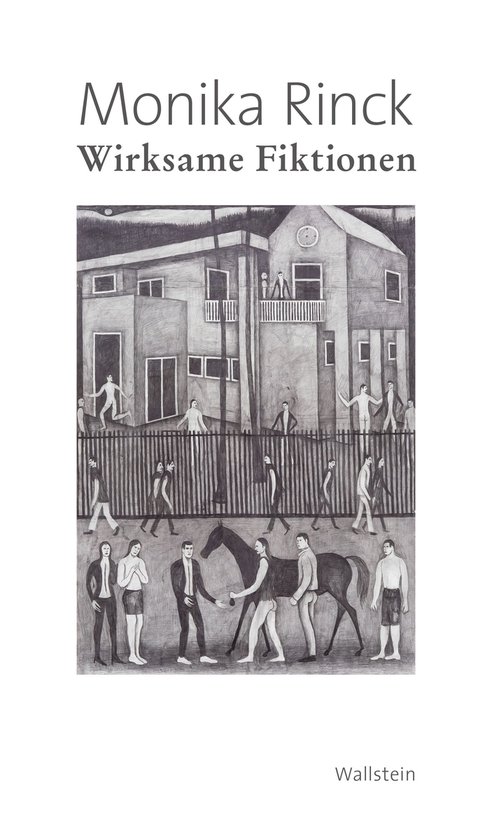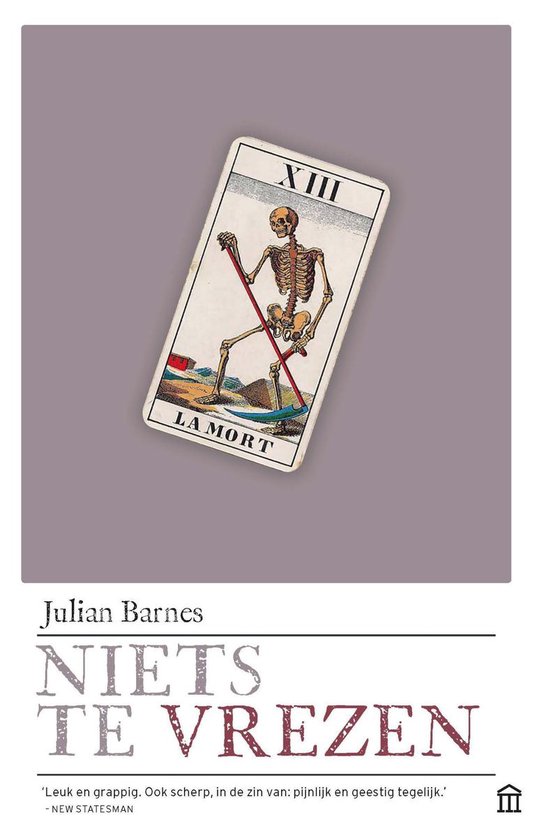
Our Hawaii: Islands and islanders
Once upon a time, only the other day, when jovial King Kalakaua established a record for the kings of earth and time, there entered into his Polynesian brain as merry a scheme of international intrigue as ever might have altered the destiny of races and places. The time was 1881; the place of the intrigue, the palace of the Mikado at Tokio. The record must not be omitted, for it was none other than that for the first time in the history of kings and of the world a reigning sovereign, in his own royal person, put a girdle around the earth. The intrigue? It was certainly as international as any international intrigue could be. Also, it was equally as dark, while it was precisely in alignment with the future conflicting courses of empires. Manifest destiny was more than incidentally concerned. When the manifest destinies of two dynamic races move on ancient and immemorial lines toward each other from east to west and west to east along the same parallels of latitude, there is an inevitable point on the earth’s surface where they will collide. In this case, the races were the Anglo-Saxon (represented by the Americans), and the Mongolian (represented by the Japanese). The place was Hawaii, the lovely and lovable, beloved of countless many as “Hawaii Nei.” Kalakaua, despite his merriness, foresaw clearly, either that the United States would absorb Hawaii, or that, allied by closest marital ties to the royal house of the Rising Sun, Hawaii could be a brother kingdom in an empire. That he saw clearly, the situation to-day attests. Hawaii Nei is a territory of the United States. There are more Japanese resident in Hawaii at the present time than are resident other nationalities, not even excepting the native Hawaiians. The figures are eloquent. In round numbers, there are twenty-five thousand pure Hawaiians, twenty-five thousand various Caucasians, twenty-three thousand Portuguese, twenty-one thousand Chinese, fifteen thousand Filipinos, a sprinkling of many other breeds, an amazing complexity of intermingled breeds, and ninety thousand Japanese. And, most amazingly eloquent of all statistics are those of the race purity of the Japanese mating. In the year 1914, the Registrar General is authority for the statements that one American male and one Spanish male respectively married Japanese females, that one Japanese male married a Hapa-Haole, or Caucasian-Hawaiian female, and that three Japanese males married pure Hawaiian females. When it comes to an innate antipathy toward mongrelization, the dominant national in Hawaii, the Japanese, proves himself more jealously exclusive by far than any other national. Omitting the records of all the other nationals which go to make up the amazing mongrelization of races in this smelting pot of the races, let the record of pure-blood Americans be cited. In the same year of 1914, the Registrar General reports that of American males who intermingled their breed and seed with alien races, eleven married pure Hawaiians, twenty-five married Caucasian-Hawaiians, three married pure Chinese, four married Chinese-Hawaiians, and one married a pure Japanese. To sum the same thing up with a cross bearing: in the same year 1914, of over eighteen hundred Japanese women who married, only two married outside their race; of over eight hundred pure Caucasian women who married, over two hundred intermingled their breed and seed with races alien to their own. Reduced to decimals, of the females who went over the fence of race to secure fathers for their children, .25 of pure Caucasian women were guilty; .0014 of Japanese women were guilty—in vulgar fraction, one out of four Caucasian women; one out of one thousand Japanese women.
| Auteur | | Charmian London |
| Taal | | Nederlands |
| Type | | E-book |
| Categorie | | Poëzie, Bloemlezingen & Letterkunde |




